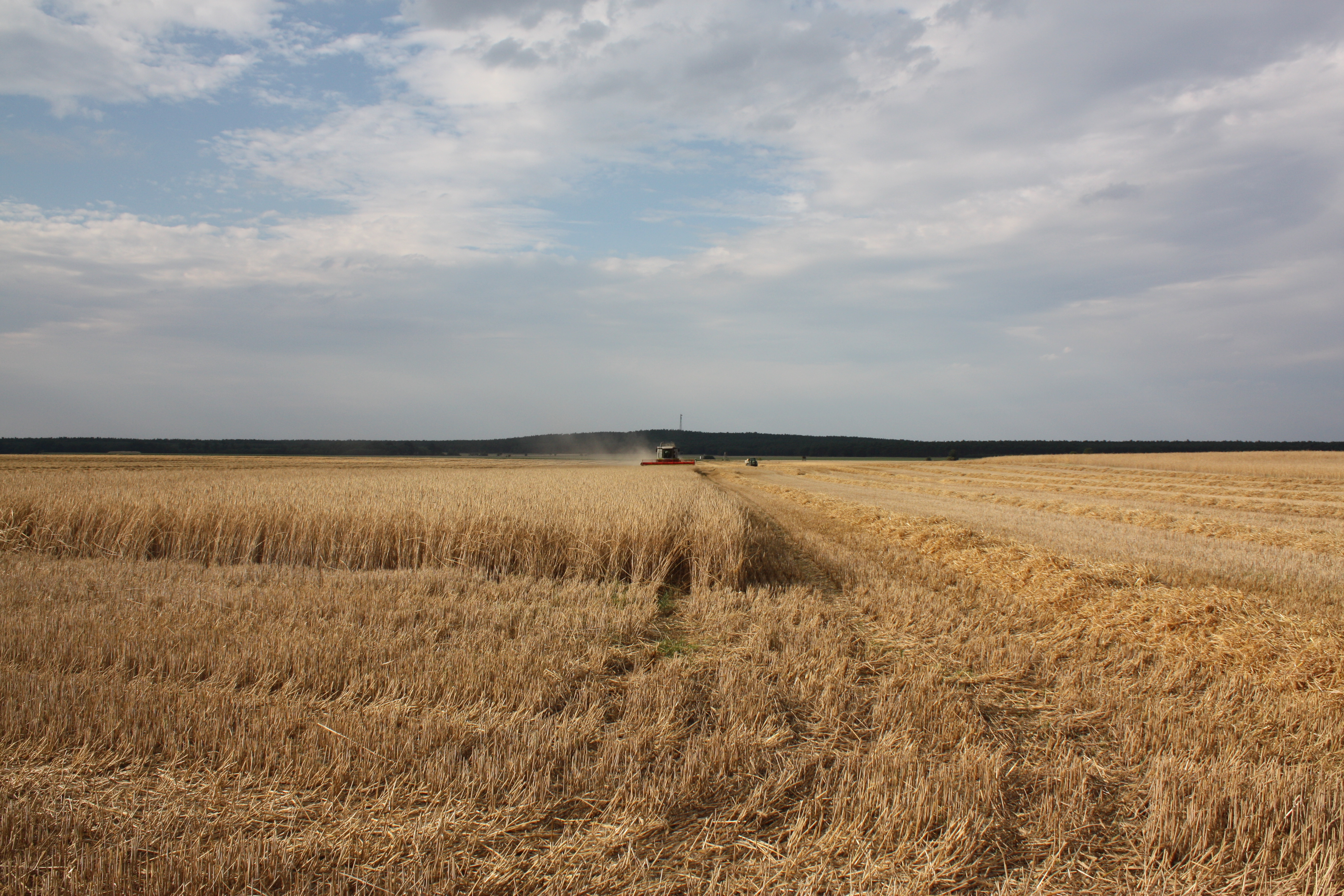 Title XI Crop Insurance states that producers are eligible for crop insurance if there is enough supporting data available to support a claim of losses. It makes available subsidized insurance policies for about 130 commodities and crops, including commodities like corn, soy, wheat, cotton and others additionally covered by the programs under the Commodity Title, and specialty and horticultural crops like blueberries, onions, and tomatoes- a complete detail of the covered crops, including coverage pilot programs, can be found here. Insurance generally covers losses from natural disasters such as drought and flood, and it protects against losses resulting from price and yield risks. Crop insurance operates in addition to the special programs offered to commodity crops in Title I: Commodity. Subsidized policies are available on a county by county basis, based on the demand and acturial viability of covering a given crop. 67% of the premium of a subsidized 50% coverage insurance policy is covered by the USDA Risk Management Agency, while the farmer pays the remaining 33% of the premium. If a farmer opts for upgraded coverage, their share of the total premium cost goes up; for example, a farmer that opts for 55% coverage will pay 36% of the premium while the government pays 64%, and for a 75% coverage policy the farmer will pay 45% while the government pays 55%. For an example of a particular policy, check here for the policy governing subsidized coverage for Apples in Missouri.
Title XI Crop Insurance states that producers are eligible for crop insurance if there is enough supporting data available to support a claim of losses. It makes available subsidized insurance policies for about 130 commodities and crops, including commodities like corn, soy, wheat, cotton and others additionally covered by the programs under the Commodity Title, and specialty and horticultural crops like blueberries, onions, and tomatoes- a complete detail of the covered crops, including coverage pilot programs, can be found here. Insurance generally covers losses from natural disasters such as drought and flood, and it protects against losses resulting from price and yield risks. Crop insurance operates in addition to the special programs offered to commodity crops in Title I: Commodity. Subsidized policies are available on a county by county basis, based on the demand and acturial viability of covering a given crop. 67% of the premium of a subsidized 50% coverage insurance policy is covered by the USDA Risk Management Agency, while the farmer pays the remaining 33% of the premium. If a farmer opts for upgraded coverage, their share of the total premium cost goes up; for example, a farmer that opts for 55% coverage will pay 36% of the premium while the government pays 64%, and for a 75% coverage policy the farmer will pay 45% while the government pays 55%. For an example of a particular policy, check here for the policy governing subsidized coverage for Apples in Missouri.
Other insurance programs are authorized under Title XI. The Stacked Income Protection Plan (STAX) is an important new program under the 2014 Farm Bill Crop Insurance Title in addition to normal insurance. It provides upland cotton producers, whose product is not eligible for Title I commodity programs such as the Price Loss Coverage Program, with a new crop insurance policy beginning with the 2015 crop.[1] STAX is a revenue-based insurance policy and payouts happen when there are revenue losses at the county level.[2]
Meanwhile, the Supplemental Coverage Option (SCO) was created for crops covered by normal subsidized insurance. It is also based on expected county revenue and covers part of the deductible under the producer’s underlying policy. Government subsidies as a share of the policy premiums for these options are set at 80% for STAX and 65% for SCO.[3]
Notably, some Title XI provisions revise the value of crop insurance for organic crops to reflect generally higher prices of organic (not conventional) crops, paying out based on those higher values rather than the non-organic benchmark prices. . The 2014 bill also links eligibility for crop insurance premium subsidies to compliance with wetland and conservation requirements; specifically, to be eligible for crop insurance growers must not plant or produce an agricultural commodity on highly erodible land without following an National Resource Conservation Service approved conservation plan or system, plant or produce an agricultural commodity on a converted wetland, or convert a wetland to make the production of an agricultural commodity possible.[3]
[1] Agricultural Act of 2014: Highlights and Implications, USDA. http://www.ers.usda.gov/agricultural-act-of-2014-highlights-and-implications/crop-insurance.aspx
[2] “Title XI: Crop Insurance,” http://www.thefarmbill.com/#!blank/c875
[3] Shields, Dennis. Crop Insurance Provisions in the 2014 Farm Bill, Congressional Research Service. http://nationalaglawcenter.org/wp-content/uploads/assets/crs/R43494.pdf
